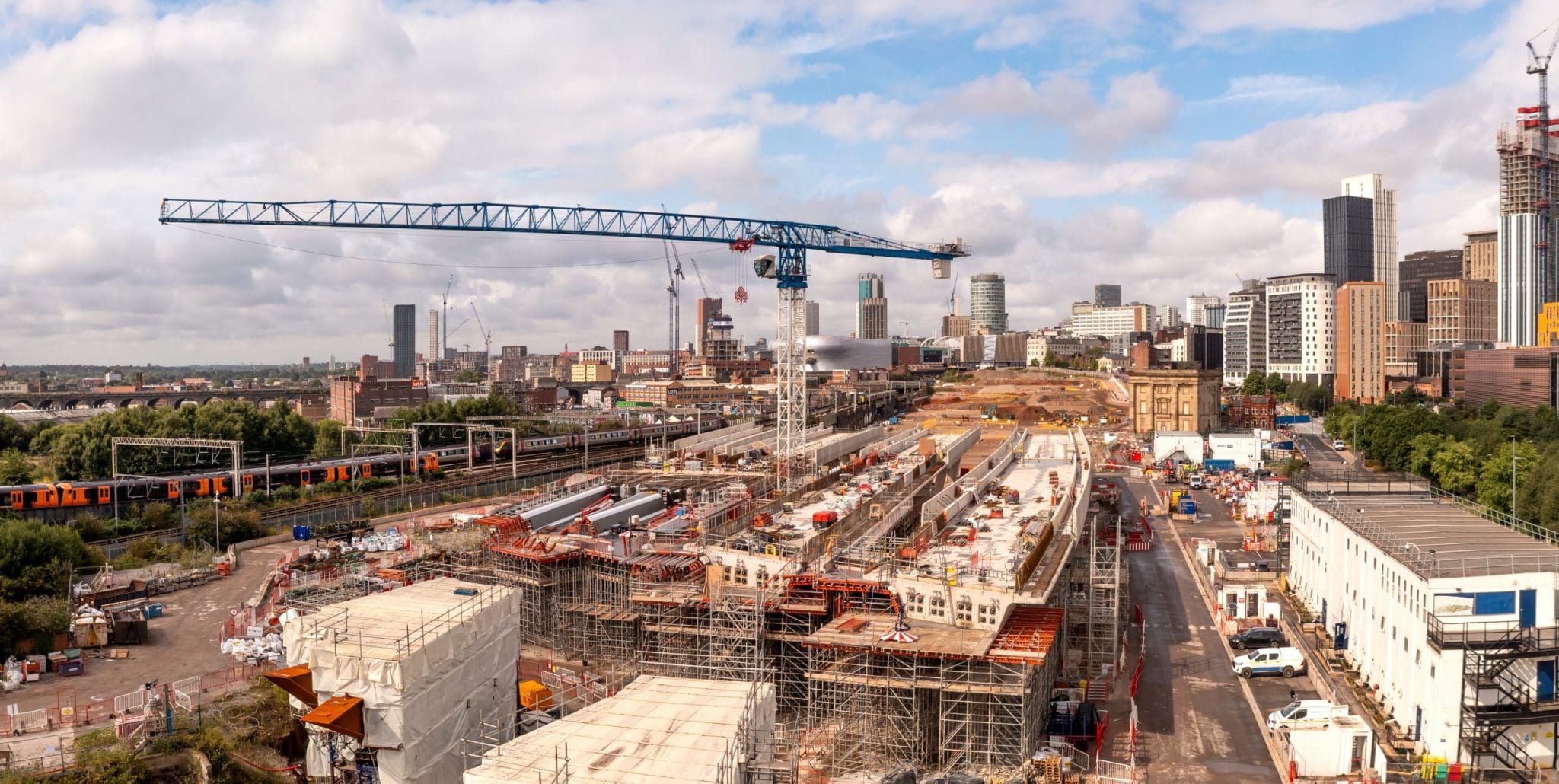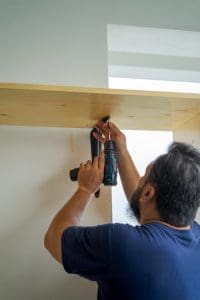Building or renovating a structure can become a costly venture if not managed effectively. However, there are several strategies you can implement to keep construction costs under control without compromising on quality. Here’s an extensive guide with nine proven methods to save money on your construction project:
1. Opt for Stock Designs
One of the most efficient ways to manage construction costs is by choosing stock designs instead of custom plans. Custom designs typically incur higher costs due to the bespoke materials, extended design time, and specialized labor required. Stock designs, on the other hand, are pre-developed plans that have been tested and executed numerous times. These designs often come at a lower cost as they benefit from economies of scale and reduced likelihood of errors. By selecting a stock design, you can streamline the construction process, minimize complications, and adhere to a more predictable budget.
2. Utilize Simple Materials and Methods
Complex designs with multiple features and materials can significantly increase construction costs. Simplifying your design approach helps in managing expenses effectively. For instance, using uniform flooring throughout the property or selecting consistent tiles for all bathrooms can reduce material costs and minimize waste. Standardizing materials also means that you can purchase in bulk, often at discounted rates, and simplify the labor process, making it more efficient and cost-effective.
3. Employ Skilled Labor
Investing in skilled labor might seem more expensive initially, but it often leads to cost savings in the long run. Experienced contractors and skilled professionals can execute projects more efficiently and with higher precision, reducing the likelihood of errors and rework. Furthermore, engaging with professional architects and structural engineers at the early stages of your project can help identify potential issues before they arise, saving both time and money. It’s worth noting that quality does not always equate to high brand names; good-quality materials from lesser-known brands can be just as effective.
4. Reduce the Project Scope
Scaling down your project is a straightforward method to cut costs. Reducing the square footage, simplifying features, or opting for more cost-effective materials can make a significant difference to your budget. For example, removing or resizing certain elements of your project can reduce the amount of work required and the volume of materials needed. This reduction affects various components of the construction, such as site preparation, framing, and finishing, which collectively contribute to lower costs.
5. Choose a Simple Roof Design
Roofing is one of the more expensive aspects of construction. Opting for a simpler roof design can substantially reduce costs. Simple roof structures with a single ridgeline and shallow pitch are typically less expensive compared to complex roofs with multiple angles, valleys, and steeper pitches. By selecting a straightforward roof design, you not only lower material and labor costs but also simplify the construction process.
6. Incorporate Smart Building Technologies
Utilizing advanced building technologies can offer significant savings. For example:
- EPS Panels: Expandable Polystyrene (EPS) panels are lightweight, cost-effective, and offer excellent insulation properties. They help in maintaining energy efficiency and reducing maintenance costs.
- Porotherm Smart Bricks: These eco-friendly bricks made from advanced clay are economical and suited for various types of buildings. They offer good thermal insulation and are widely used in construction.
- GFRG System: Glassfibre Reinforced Gypsum (GFRG) panels can cut construction costs by 20-30%. They are versatile and can be used for walls, ceilings, and floors, providing an efficient and cost-effective solution.
7. Develop a Realistic Plan
Effective planning is crucial for managing construction costs. Collaborate with a civil engineer or project manager to create a detailed plan, including accurate material estimates and labor requirements. A well-thought-out plan reduces guesswork and minimizes the risk of unforeseen expenses. Proper planning also helps in optimizing resource use, scheduling work efficiently, and avoiding costly delays.
8. Explore Alternative Materials
Consider alternative materials to reduce construction costs. For instance:
- Recycled Steel: Steel is highly recyclable and, while not always the latest version, offers durability and longevity at a lower cost.
- Structural Insulated Panels (SIPs): SIPs are more affordable than traditional building materials and offer excellent insulation and structural strength.
- Fabric Structures: Portable and easy to assemble, fabric structures can provide the functionality of traditional buildings at a fraction of the cost. They are durable and suitable for various weather conditions.
9. Standardize and Bulk Buy
Standardizing dimensions and design elements allows for bulk purchasing of materials, which can result in cost savings. Opt for off-the-shelf items available at local hardware stores and fabrication shops to avoid delays and additional costs associated with special orders. Repeating layouts or utilizing similar designs for different parts of the building can also reduce costs by minimizing the complexity of construction.
Conclusion
Managing construction costs effectively requires a combination of strategic planning, smart material choices, and efficient use of resources. By applying these nine methods, you can significantly reduce your construction budget while maintaining quality and functionality. If you’re unsure about how to estimate costs or need further assistance, online cost calculators can provide a general idea of expenses. Nevertheless, thorough research and careful planning are key to ensuring your construction project remains within budget and meets your expectations.




